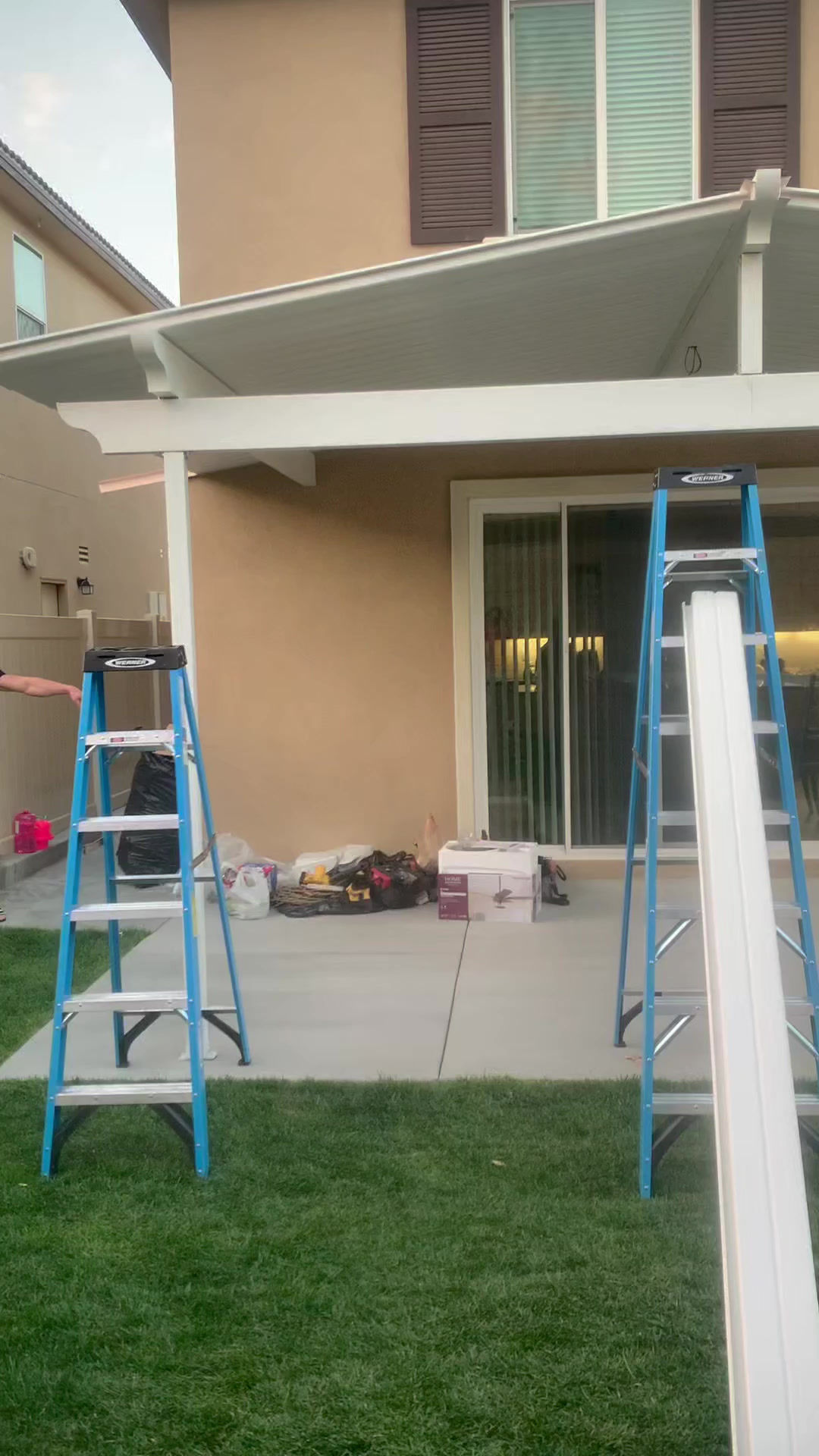Beyond the Build: What Happens After Your Residential Construction Project is Done? And How Do We Maintain It?
- inhome renovation
- May 29, 2025
- 3 min read
The dust settles, the tools are packed, and your beautiful new home or renovation stands complete. Congratulations! It's a moment of immense satisfaction and excitement. But for many homeowners, a new question arises: "What happens now?"
While the primary construction phase is over, the journey with your new residential project is just beginning. Think of it less as a finish line and more as a transition. Here's a look at what typically follows project completion and, more importantly, how to ensure your investment stands the test of time.
The Immediate Aftermath: Handover and Handoff
* Final Walk-Through and Punch List: Before the construction team officially departs, a thorough final walk-through is essential. This is your opportunity to inspect every detail, identify any minor imperfections, or point out anything that doesn't meet the agreed-upon specifications. These items form the "punch list" – a list of small tasks the builder will complete to finalize the project.
* Documentation and Warranties: You'll receive a crucial packet of information. This includes:
* Builder's Warranty: Your builder will provide a warranty covering structural elements, major systems (plumbing, electrical, HVAC), and sometimes even finishes for a specified period. Understand what's covered and for how long.
* Appliance and Fixture Warranties: Individual warranties for appliances, HVAC units, water heaters, and other installed fixtures will be passed on to you. Register these to ensure you're covered if issues arise.
* Manuals and Guides: Keep all user manuals for your new systems and appliances in an easily accessible place.
* Final Payments and Lien Waivers: Once the punch list is complete and you're satisfied, the final payment to your builder will be made. You should also receive lien waivers from the builder and major subcontractors, ensuring that all parties involved in the construction have been paid and can't place a lien on your property.
The Long Game: Maintaining Your Residential Investment
A well-built home is designed for longevity, but like any significant investment, it requires ongoing care. Proactive maintenance is key to preserving its value, functionality, and aesthetic appeal.
* Understand Your Home's Systems: Take the time to familiarize yourself with how your HVAC, plumbing, electrical, and roofing systems work. Knowing the basics will help you identify potential issues early.
* Regular Inspections (DIY and Professional):
* Monthly/Quarterly: Simple checks like testing smoke detectors, cleaning dryer vents, checking for leaks under sinks, and inspecting your home's exterior for any visible damage.
* Annually: Consider professional inspections for your HVAC system, roof, and possibly a general home inspection every few years to catch less obvious problems.
* Seasonal Maintenance: Your home's needs will change with the seasons.
* Spring: Check for winter damage, clean gutters, inspect the roof, and service your AC unit.
* Summer: Keep an eye on landscaping that could affect your foundation, and regularly clean outdoor areas.
* Fall: Prepare for colder weather by sealing drafts, checking heating systems, and cleaning gutters again.
* Winter: Protect pipes from freezing, and be mindful of snow and ice accumulation on your roof.
* Keep Records: Maintain a file (physical or digital) of all your home's warranties, manuals, maintenance schedules, and any repair receipts. This information is invaluable for future reference and can be a major selling point if you ever decide to move.
* Don't Ignore Small Issues: A dripping faucet, a small crack in the caulk, or a minor roof shingle issue might seem insignificant. However, if left unaddressed, these small problems can escalate into costly repairs down the line. Address them promptly.
* Consider a Home Maintenance Schedule/Checklist: Many resources are available online for creating a customized home maintenance schedule. This can help you stay organized and ensure no critical tasks are overlooked.
The completion of a residential construction project is a significant milestone. By understanding the handover process and committing to ongoing, proactive maintenance, you can ensure your new home remains a source of comfort, pride, and lasting value for years to come.


Comments